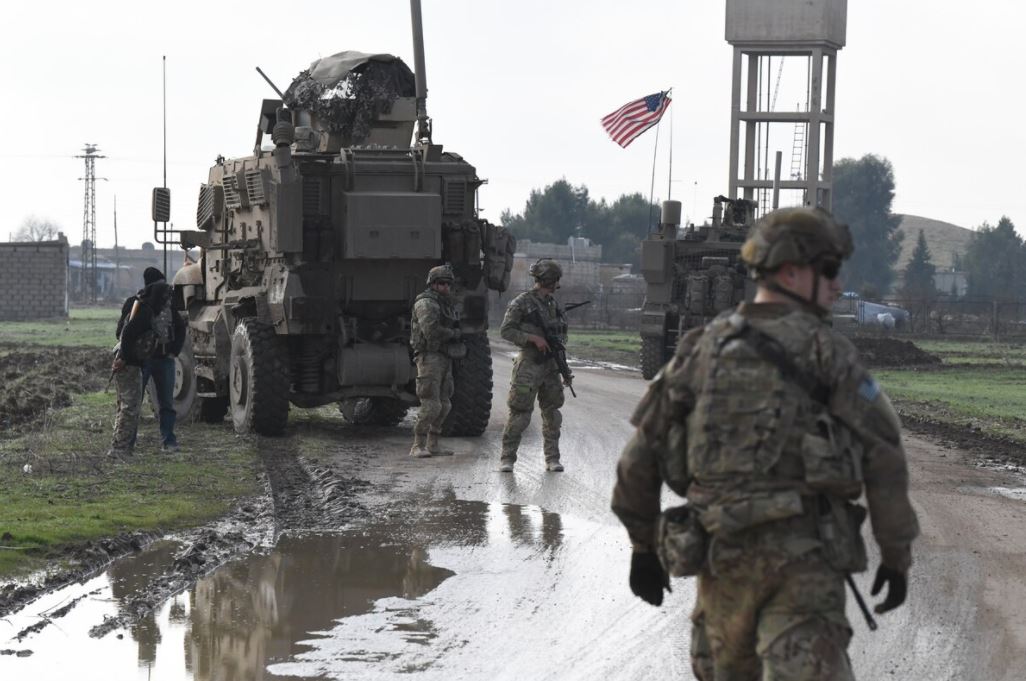

The two crossbelts were usually made of “whitened buff” leather, although tanned leather or a woven linen was sometimes used. It had a wooden stopper and was held by a leather shoulder strap. The canteen which was used to carry liquids, usually water, was a round, wooden “cheese box” drum. The haversack was a white, linen bag for carrying food, utensils and small personal items. It was used to hold spare clothing, personal items and a folded blanket under the flap. The most common form of knapsack was a square linen bag with a large flap that was usually painted to provide protection in damp weather. They were often made of wool or linen, and in some cases, leather. Full in the seat and tight in the leg, the breeches extended just below the knee. Breeches:Ī common form of civilian garment, breeches were worn early in the war. Trousers were usually tailored to fit looser and baggier than breeches.

Overalls were usually made of white wool for winter service and white linen for summer service. They were typically black and made of woven horsehair, leather or linen. Worn over the shirt collar and fastened around the neck with a buckle, clasp or tie-string, the neck stock helped soldiers maintain a military posture. Shirts were usually made of coarse, white or natural linen and were long and loose fitting, with full, long sleeves and a large collar.

Worn under the coat and over the shirt, the waistcoat was generally single breasted with a standing collar and two small front pockets. The collar, cuffs and lapels were trimmed with a variety of colors depending on the region: white for New England buff for New York and New Jersey red for the mid-Atlantic states and blue for the southern states. The Continental Army uniform coat was made of dark blue wool – a direct contrast to the British Army’s red uniforms.


 0 kommentar(er)
0 kommentar(er)
